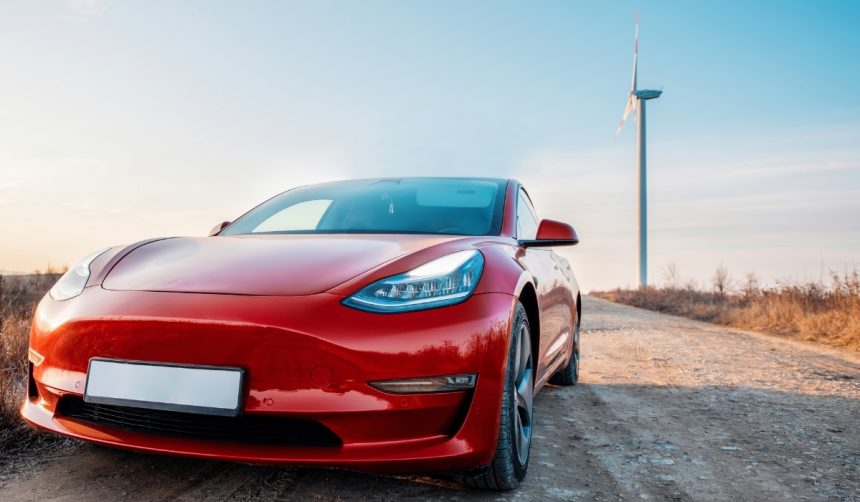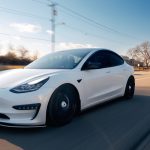Tesla is taking significant steps towards bringing its Robotaxi service to New York City, highlighting the company’s nationwide ambition for autonomous ride-hailing expansion. As urban transportation demands grow, New York presents a unique landscape with its complex traffic patterns and regulatory environment. Tesla’s move toward this metropolitan area could influence how autonomous vehicles are perceived and managed in dense city settings across the United States. The strategy prioritizes cities that offer logistical feasibility, balancing technological development and practical deployment of services such as the Robotaxi platform.
Previous announcements and expansion efforts saw Tesla’s Robotaxi service operating in select regions, such as Austin, Texas, and California’s Bay Area, where both regulatory environments and infrastructure posed fewer hurdles. While past reports suggested broad expansion across states including Nevada, Arizona, and Florida, progress in heavily urbanized areas like New York has remained minimal due to the challenging approval process for autonomous vehicles. No official confirmation has emerged regarding secured permits for New York, underscoring the regulatory delays compared to other locations.
New Hiring Hints at Expansion Plans
According to a newly published job posting on Tesla’s careers site, the company seeks to employ an Autopilot Vehicle Operator based in Flushing, Queens. This area connects efficiently to surrounding boroughs and offers practical conditions for testing, unlike central Manhattan’s traffic congestion and limited charging infrastructure. Tesla’s job listing for vehicle operators outlines the need for candidates to collect data to train and test autonomous systems, a crucial step before any operational launch.
“We are looking for a highly motivated self-starter to join our vehicle data collection team,”
Tesla stated in its job announcement.
Regulatory Barriers: Will Approval Be Granted?
Despite these recruitment efforts, local regulatory approval remains a significant roadblock. The New York City Department of Transportation has confirmed that Tesla has not yet applied for necessary permits to conduct autonomous vehicle tests in the city. Consequently, it remains uncertain when Robotaxi rides will become available to local residents. This regulatory gap highlights that job postings signify intent rather than imminent deployment of the Robotaxi platform.
Is the Expansion Limited to New York?
Tesla appears to be pursuing a broader geographic expansion, as similar Vehicle Operator positions have been advertised in regions such as Houston, Tampa, Miami, and Clermont. These job postings point to a coordinated effort to prepare the Robotaxi platform for various markets across the country—potentially in line with CEO Elon Musk’s ambitious target to make Robotaxi service accessible to half the U.S. population within the year.
“Our goal is to offer driverless Robotaxi rides to half the U.S. population by the end of the year,”
Musk has reportedly said, underlining the scale and pace of Tesla’s plans.
The roadmap to expanding Tesla’s Robotaxi service into New York City and other complex markets involves negotiating local regulations, building out supporting roles, and collecting vast quantities of data to improve vehicle autonomy. While regions like Texas and California have demonstrated faster progress, metropolitan centers such as New York will likely move at a different pace given their stringent safety and operational standards. Observers and stakeholders continue to weigh the impact of autonomous vehicles on urban transportation compared to other modes, and regulatory compliance remains central to the timeline. Readers interested in the deployment of autonomous ride-hailing should consider both logistical preparations—such as hiring and infrastructure development—and the evolving landscape of municipal permit processes. Understanding these elements can help anticipate when and where new mobility offerings like Robotaxi will be accessible in major U.S. cities.










